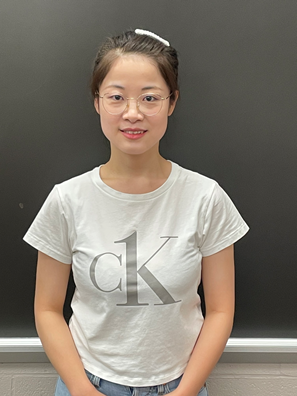
"Strategies to Control Singlet Fission"
Energy is greatly needed in the development of our society. Although fossil fuels are abundant on earth, they cause environmental problems and are unrenewable. Solar energy, renewable energy from the sun, is cheap and environment friendly. Solar cells that convert solar energy to electricity are getting more and more attention. But the maximum theoretical efficiency (Shockley-Queisser limit) is only 30% at a bandwidth of 1.1 eV.[1] Singlet fission is photonic process in which one singlet excited state (S1) of a chromophore shares its energy with a ground state of the neighboring chromophore and converts into two triplets (T1). This one-two process is a potential way to overcome the Shockley-Queisser limit of the single-junction solar cells.[2] The established energetic requirement for energetic favorable (incoherent) singlet fission is E(S1) ≥ 2E(T1). In this seminar, I will present two papers on singlet fission research. The former focuses on developing singlet fission materials in solid through molecular contortion.[3] Perylene diimide (PDI) is unsuitable for efficient singlet fission due to its unfavorable energetics. Herein, the authors designed the bowing PDI (PDI-B) by adding two terphenyl groups to PDI molecule to satisfy the energetic requirement of singlet fission. The latter publication reported switching between coherent singlet fission and incoherent singlet fission with a covalent dimer of chromophores in different solvents.[4] With orthogonal tetracene-mesityl dimer (DT-Mes), the researchers found the singlet fission pathways are determined by mixing of charge transfer (CT) and triplet pair (TT) states. In nonpolar solvents, CT and TT mix at the avoided crossing, leading to incoherent singlet fission. However, CT and TT stop mixing in very polar solvents. The strong mixing of CT and TT occurs in intermediate-polar solvents, causing coherent fission. Both papers confirm the rate and process of single fission closely depend on the structure of the chromophores.
References:
[1] William Shockley and Hans J. Queisser, “Detailed Balance Limit of Efficiency of p-n Junction Solar Cells”, J. Appl. Phys. 1961, 32, (3): 510–519.
[2] Akshay Rao and Richard H. Friend, "Harnessing singlet exciton fission to break the Shockley–Queisser limit”, Nat. Rev. Mater. 2017, 2, 17063.
[3] Felisa S. Conrad-Burton et al., “Controlling Singlet Fission by Molecular Contortion”, J. Am. Chem. Soc. 2019, 141, 13143-13147.
[4] Antonios M. Alvertis, et al., “Switching between Coherent and Incoherent Singlet Fission via Solvent-Induced Symmetry Breaking”, J. Am. Chem. Soc. 2019, 141, 17558-17570.
